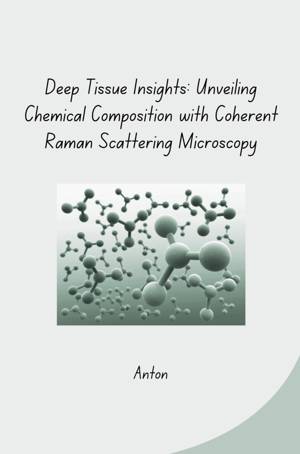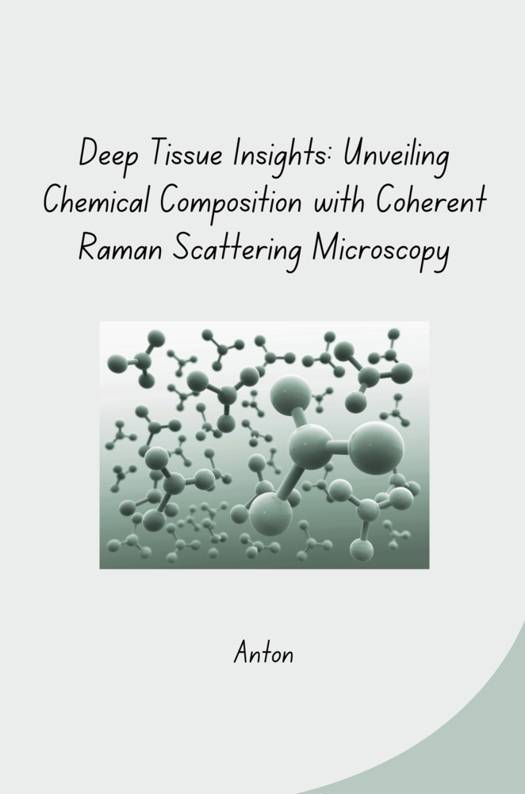
- Afhalen na 1 uur in een winkel met voorraad
- Gratis thuislevering in België vanaf € 30
- Ruim aanbod met 7 miljoen producten
- Afhalen na 1 uur in een winkel met voorraad
- Gratis thuislevering in België vanaf € 30
- Ruim aanbod met 7 miljoen producten
Zoeken
Deep Tissue Insights
Unveiling Chemical Composition with Coherent Raman Scattering Microscopy
Anton
Paperback | Engels
€ 27,95
+ 55 punten
Omschrijving
Light interacts with matter in various ways. CRS microscopy relies on a specific type of light-matter interaction known as Raman scattering. When light impinges on a molecule, it can inelastically scatter, meaning the molecule absorbs some energy and re-emits light at a slightly different frequency. This shift in frequency, known as the Raman shift, is unique to each molecule and acts as its spectral fingerprint. CRS microscopy leverages this principle to generate detailed chemical maps of a sample. By focusing a laser beam onto the sample and analyzing the scattered light, researchers can identify the specific molecules present based on their characteristic Raman shifts. Unlike traditional Raman spectroscopy, CRS microscopy employs coherent light sources, allowing for enhanced signal-to-noise ratio and deeper tissue penetration.
Specificaties
Betrokkenen
- Auteur(s):
- Uitgeverij:
Inhoud
- Aantal bladzijden:
- 124
- Taal:
- Engels
Eigenschappen
- Productcode (EAN):
- 9783384271488
- Verschijningsdatum:
- 25/06/2024
- Uitvoering:
- Paperback
- Formaat:
- Trade paperback (VS)
- Afmetingen:
- 152 mm x 229 mm
- Gewicht:
- 190 g

Alleen bij Standaard Boekhandel
+ 55 punten op je klantenkaart van Standaard Boekhandel
Beoordelingen
We publiceren alleen reviews die voldoen aan de voorwaarden voor reviews. Bekijk onze voorwaarden voor reviews.











